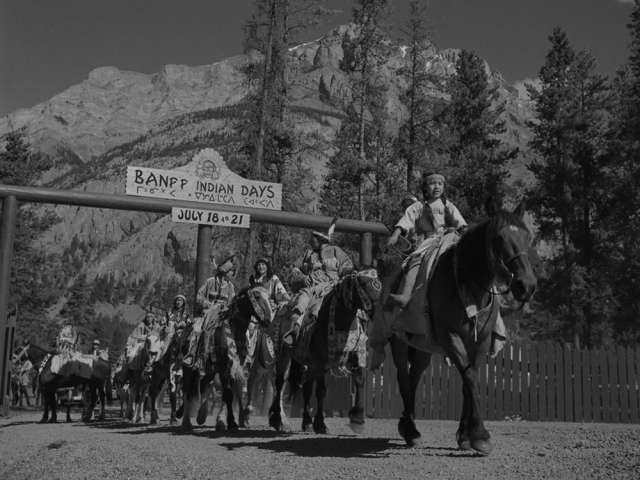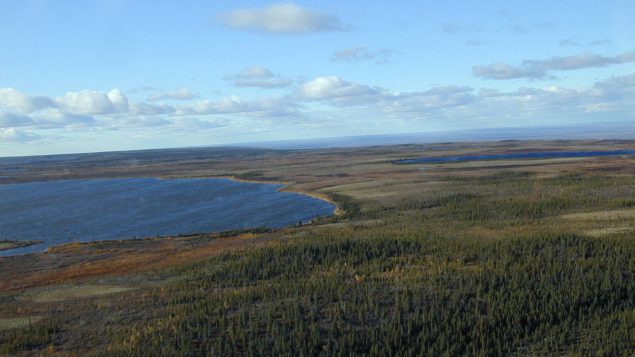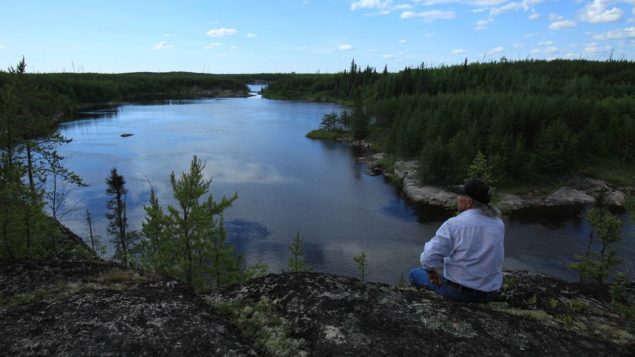The federal government has allocated $2.5 million to a seven-year project that brings together Indigenous and conservation groups and academics in hopes of changing the way Canada protects its land and waters to meet its UN biodiversity commitments.
The Conservation through Reconciliation Partnership (CRP) brings together more than 30 Indigenous and non-Indigenous community and research collaborators from across Canada in support of the conservation of traditional lands and waters by Indigenous Peoples.
The goal of the project is to ensure Indigenous laws and knowledge systems play a significant part in helping Canada meet its international obligations for the increased protection of biodiversity.
Under the United Nations Convention on Biological Diversity, Canada committed to conserve at least 17 per cent of terrestrial and 10 per cent of coastal and marine areas in protected areas by the end of 2020.
A report published last year by the Indigenous Circle of Experts (ICE) – an advisory group on Indigenous-led Protected and Conserved Areas – provided recommendations intended to help Canada reach its protected area targets and work toward nation-to-nation reconciliation.
Drawing on Indigenous knowledge and Western academic systems
One of the principal ways of doing that is the establishment of Indigenous Protected and Conserved Areas (IPCAs), such as Tribal Parks, and the stewardship of culturally significant plants and animals, such as caribou and black ash trees.
The Conservation through Reconciliation Partnership (CRP) is hosted by the University of Guelph, which applied for the funding from the Social Sciences and Humanities Research Council (SSHRC), the federal granting agency that grants research funds, said Robin Roth, the principal investigator leading the grant proposal.
“All of our research will be drawing on both traditional Indigenous knowledge systems as well as Western scientific systems,” said Roth, whose research focuses on conservation, as well as Indigenous Peoples and their management of landscapes.
“We don’t integrate them necessarily because in doing so you can do violence to one or another. We’re trying to deploy all these different ways of knowing to try to bring the best information to the table when we make decisions around conservation in this country.”
Change in conservation paradigm
Typically conservation in government-run protected areas is rooted in the idea of trying to preserve or protect nature from humans, Roth said.
“That’s really rooted in this idea that humans aren’t really part of nature, when we interact with it, we do damage to it,” Roth said. “And to protect it we need to really strongly regulate human interaction with it.”
However, Indigenous ways of approaching conservation are radically different, she said.
“It’s saying we have a problem and the problem is the humans’ relationship to non-human nature is flawed and we need to fix that relationship,” Roth said. “So it’s not about detaching, it’s actually about reattaching in a way that allows us to experience nature, value nature and help support its functioning.”
A conservation area rooted in Indigenous knowledge systems might allow for some kind of uses, such as hunting or berry picking, but only under certain conditions, while a state-run conservation area would focus on recreation, she said.
Most Indigenous Protected Areas in Canada as they evolve are trying to support the economy of the communities and nations that are attached to those landscapes in ways that are quite distinct from the ways that the state-run protected areas are managed, Roth said.
Overcoming the dark legacy of conservation efforts in Canada

Stoney First Nations entering Banff Park, 1957. The Stoneys were pushed out of their ancestral territories in the park when it was created 1887. (Library Archives of Canada)
Eli Enns is the co-founder of the IISAAK OLAM Foundation, a non-profit dedicated to knowledge mobilization and capacity development for conservation of bio-cultural diversity and heritage, and development of Indigenous economic theory and practice, and peace-building and reconciliation.
Enns, who is member of the Tla-o-qui-aht First Nation in British Columbia, is also one of the main driving forces behind the Conservation through Reconciliation Partnership (CRP).
“We’re really encouraged that the Social Sciences and Humanities Research Council of Canada found our application to be suitable for support,” Enns said. “I accept that as an indicator of where the dialogue on conservation in Canada is going.”
Traditional state-directed conservation measures are not only ineffective at protecting and promoting biological diversity, but they are doing harm, Enns said.
“And not just is it doing harm to biological diversity but it does harm to Indigenous Peoples,” Enns said.
In 1936, members of the Keeseekoowenin Ojibwa band were expelled from the newly created Riding Mountain National Park in Manitoba.
“The government officials literally forcibly removed Indigenous people from their ancient village site on the lake and they burned down their houses to make way for cabins for rich non-Indigenous people from the city,” Enns said.
Similar well-documented stories happened all across Canada in the 1930s and 40s, Enns said.
“Having Indigenous leadership in conservation today is a very important step not only in reconciling our relationship between the Crown and Indigenous societies but to reconciling our relationship with the Earth,” he said.
‘A more holistic relationship with land’

The Edéhzhíe Indigenous Protected Area/National Wildlife Area is home to headwater lakes, mature spruce forests, and vibrant wetlands; this diversity supports 36 mammal species, 197 bird species and 24 species of fish. (Bill Carpenter/Dehcho First Nations)
A number of Indigenous Protected and Conservation Areas already exist in Canada.
In October of 2018, Environment Minister Catherine McKenna and Dehcho First Nations leaders in Fort Providence, N.W.T., signed an agreement that protects from any future development more than half of the Edéhzhíe area, a plateau that rises out of the Mackenzie Valley to the west of Great Slave Lake.
The Edéhzhíe Indigenous Protected Area/National Wildlife Area will conserve 14,249 square kilometres of boreal forest and will be jointly managed by Dehcho First Nations and the federal government.
Others are in the process of being established by Indigenous governments, including Thaidene Nëné, which will be formally announced by the Łutsël K’e Dene First Nation and the federal government as Canada’s newest National Park Reserve next month.
“If you add the Indigenous ways of knowing and doing, using Indigenous laws largely influenced by natural law, in using that to create and protect landscapes such as Thaidene Nëné and at the same time have the opportunity to reconcile existing national and provincial parks that were created pre-1982 without consultation or accommodation with Indigenous peoples,” said Steven Nitah, who helped negotiate the creation of Thaidene Nëné National Park Reserve.
“If you can achieve that in the spirit of reconciliation, then I think we would have done a great service not only to mankind and the society of Canada, but we would have introduced a more holistic way of having a relationship with land.”







For reasons beyond our control, and for an undetermined period of time, our comment section is now closed. However, our social networks remain open to your contributions.